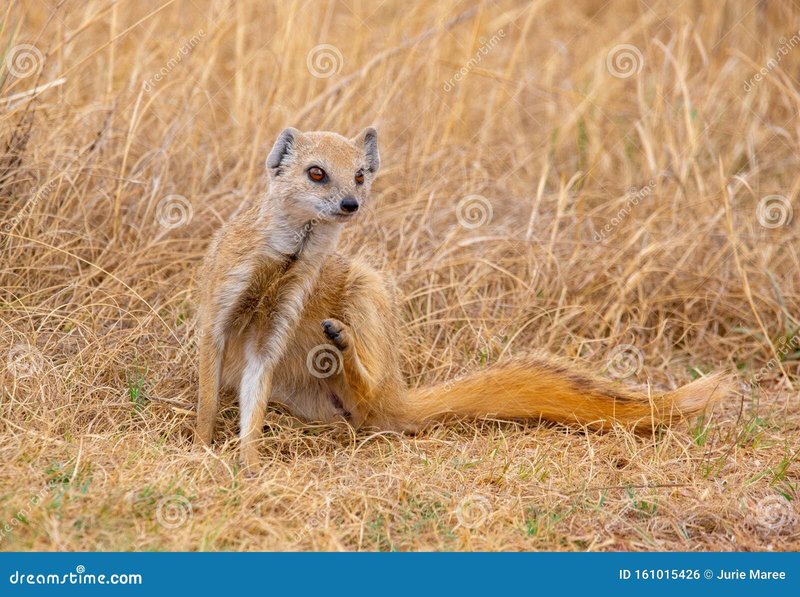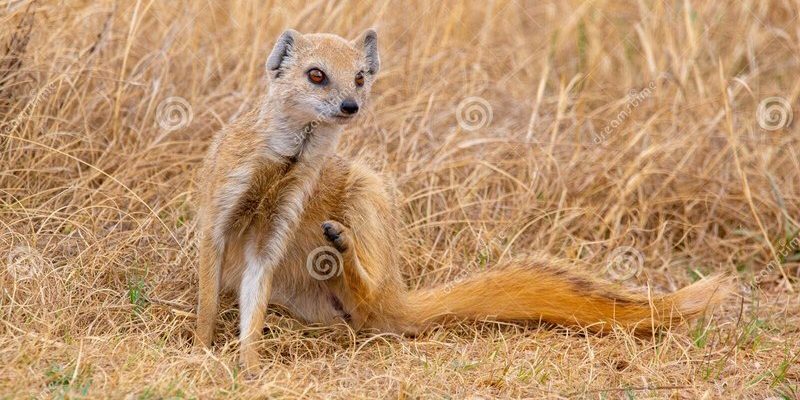
Just like a single musician in an orchestra, the yellow mongoose may seem small, but its contribution to the overall harmony of its habitat is crucial. Whether it’s controlling pest populations or providing prey for larger predators, this critter weaves a complex tapestry of life that’s essential for the health of its ecosystem. So, why should you care about the yellow mongoose? Here’s the thing: understanding its role can help us appreciate the intricate web of life and the importance of every species, no matter how small.
What is the Yellow Mongoose?
Before diving into its role, let’s get to know the yellow mongoose a bit better. This small creature is part of the *Herpestidae* family, closely related to meerkats and the infamous brown mongoose. Found predominantly in southern Africa, the yellow mongoose thrives in habitats ranging from savannas to semi-deserts. But it’s not just the landscape that makes this animal special; it’s their behavior and diet that really capture attention.
Typically measuring around 30 to 50 centimeters in length, these mongooses have a sleek body and a bushy tail. Their golden fur isn’t just for looks—it’s a great form of camouflage among the dry grasses and earthy tones of their environment. You might be wondering how they manage in such a harsh climate. These mongooses are quite adaptable, hunting and foraging for food during the day and resting in burrows or under rocks at night.
The Yellow Mongoose as a Predator
One of the key roles the yellow mongoose plays in its ecosystem is that of a predator. While they may be small, they’re efficient hunters. Their diet primarily consists of insects, small rodents, and even reptiles. This varied diet helps control populations of these creatures, preventing any one species from overwhelming the ecosystem.
Picture a bustling garden. If insects are left unchecked, they can munch their way through plants, disrupting the delicate balance of life. Here’s where the yellow mongoose comes in. By keeping insect populations in check, they help maintain the health of their environment. Less competition for food means a more vibrant and diverse flora, which benefits other animals in the area, too.
Their hunting skills are quite impressive—if you haven’t seen a yellow mongoose in action, you’re missing out! They can catch a grasshopper mid-jump, displaying agility that surprises many. This predatory behavior makes them vital players in the food web, sustaining the balance needed for an ecosystem to thrive.
Prey for Larger Predators
Just as the yellow mongoose hunts smaller creatures, they, too, have their place in the food chain. Larger predators, such as eagles and jackals, view these mongooses as a tasty snack. This relationship is a reminder of the interconnected nature of ecosystems—every creature, regardless of size, plays a part in sustaining life around them.
The presence of yellow mongooses can indicate a healthy ecosystem. If their population is thriving, it often suggests an abundance of food sources and suitable habitats supporting both their kind and their predators. However, if they start to decline, it could signal a broader issue, such as habitat loss or environmental changes impacting the food supply.
This balance is essential because, without yellow mongooses, larger predators may struggle to find prey, leading to a ripple effect throughout the ecosystem. You see, each layer of the food web is like a delicate dance, where every participant has a role to play.
Burrowing and Habitat Modification
Another fascinating aspect of the yellow mongoose’s role in its ecosystem is their burrowing behavior. By digging tunnels and burrows, they modify the landscape in significant ways. These burrows offer shelter not just to themselves, but also to other creatures that may be looking for a safe place to rest or raise their young.
Imagine a busy neighborhood where everyone helps each other out. The yellow mongoose acts like a community builder, creating homes that serve different residents. Their burrows can provide refuge for small mammals, insects, and even reptiles. This creates a richer biodiversity, as various species come together in the same area, benefitting from the mongoose’s home-making talents.
Additionally, their burrowing helps aerate the soil. This is important for the growth of plants. When soil is properly aerated, it allows better water penetration and root development, which ultimately supports healthier vegetation. More plants mean more food for herbivores and, in turn, more food for the predators higher up the food web.
Social Behavior and Group Dynamics
Yellow mongooses are social creatures, often found in groups called “mobs.” This social structure helps with hunting and protection against predators. They communicate through a series of vocalizations and body language, making it easier for them to coordinate and alert each other to danger.
In a mob, individuals will often take turns keeping watch while others forage for food. This teamwork not only helps improve their chances of survival but also strengthens their bonds. It’s like watching a close-knit family working together to achieve a common goal.
Their social dynamics also enhance their ecological role. By working together, they’re more effective hunters, capable of taking down larger prey or defending their territory against intruders. This group behavior reinforces the importance of cooperation in nature. When one species thrives, it can positively impact others.
The Impact of Human Activity on Yellow Mongooses
Sadly, yellow mongooses face challenges due to human activity. Urbanization, agriculture, and habitat destruction pose serious threats to their populations. As their habitats shrink, so do their resources, which can lead to decreases in their numbers and, consequently, disrupt the balance of the ecosystem they help sustain.
Conservation efforts are essential. Protecting their natural habitats means ensuring that these little creatures can continue their important roles. Simple steps like fostering awareness and promoting sustainable land use can go a long way in supporting yellow mongooses and the ecosystems they inhabit.
Additionally, programs aimed at educating local communities on the importance of wildlife can significantly impact conservation. When people understand how these mongooses contribute to the health of their environment, they’re more likely to take steps to protect them.
In the intricate web of life, the yellow mongoose stands out as an essential player. From regulating insect populations to modifying habitats, this small creature does a lot more than meets the eye. It’s a reminder that every species, no matter how small, has a unique role to play in the ecology of our planet.
Understanding the yellow mongoose’s role helps us appreciate the delicate balance that exists within ecosystems. Protecting them ensures we maintain this balance, which ultimately supports diverse forms of life. So next time you hear about the yellow mongoose, remember that it’s not just a cute animal. It’s a vital part of our world, contributing to the health of its ecosystem in ways that may surprise you.

